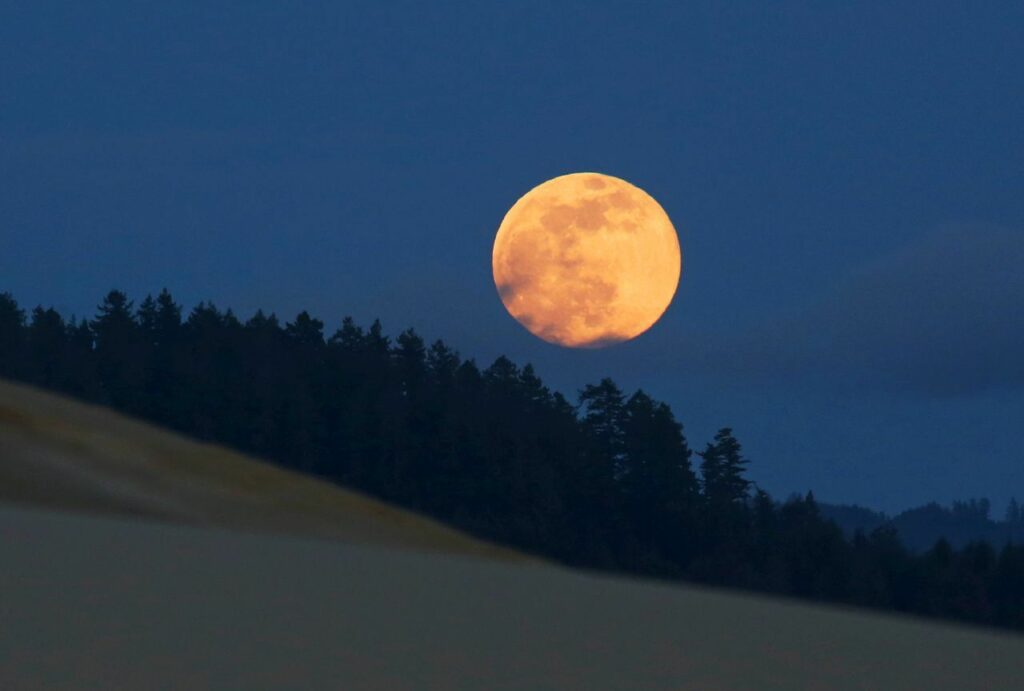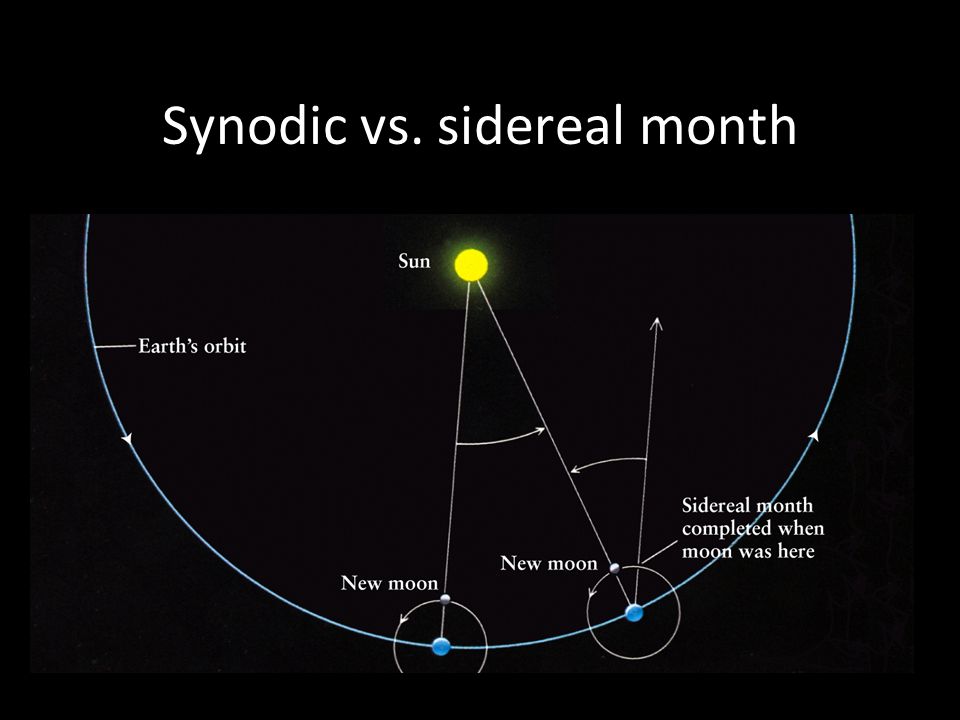On July 13, earthlings are going to observe a supermoon once again. Now let’s figure out why there is nothing terrible or even unusual in this phenomenon.

Why does a supermoon happen?
As July 13 approaches, there has been a lot of news about the supermoon that will be visible on that day. Waiting for it, astrologers and other representatives of pseudosciences are predicting either great success or no less danger to everyone in a row. But in reality, there is nothing terrible or even unusual about this phenomenon.
Supermoon is such a configuration of celestial bodies, when Moon is close to the Earth during the full moon, and hence it appears larger than usual. To understand why this happens at all, and why we don’t observe this phenomenon during each full moon, we need to understand the synodic and sidereal periods of our satellite’s rotation.
Synodic and sidereal periods of the Moon’s rotation
We are all familiar with the synodic period of the Moon’s rotation. This is the time between two full moons, or generally between any two identical lunar phases. This change occurs due to the fact that moving around the Earth our satellite turns to the Sun with on one side, then with the other. The average duration of a full cycle is 29 days, 12 hours and 44 minutes.

A sidereal period is the period of time during which the Moon makes one complete rotation around our planet relative to the stars. Its duration is 27 days, 7 hours and 43 minutes. At the same time, our satellite rotates in an elliptical orbit. It has the farthest point called the apogee, and the closest point to the Earth is the perigee.
If our planet did not move in its own orbit around the Sun, then the synodic period would be the same as the sidereal period. But due to the fact that during these 27 days it moves along a rather long arc around our luminary, the point at which the Moon is located exactly opposite the Sun is constantly shifting. Full moon seems to be a little behind every time.
Supermoon
A supermoon occurs when the full moon coincides with the passage of the Moon at perigee. At the same time, this match may not be very accurate. When the difference between these events is only 1-2 days, the lunar disk will still be large. And due to the fact that the lag of the synodic period from the sidereal period is only 2 days and 5 hours, the phenomenon when two supermoons follow one another is quite common.
More precisely, a situation arises when either before or after a “real” supermoon another full moon occurs, when our satellite appears very large.
This is happening in 2022 as well. The previous full moon — which was quite close to the summer solstice as well and was therefore called “strawberry moon” — also occurred shortly before the perigee. Therefore, many also “enrolled” it a supermoon.
Not an astronomical phenomenon
It is not difficult to calculate that a super full moon occurs in one form or another every 10-11 months. So there is nothing unique about this phenomenon. Also, the term “supermoon” itself is not scientific. It was proposed in 1979 by the American astrologer Richard Knoll. For a long time he was quite inconsistent in defining this term, and only in 2011 he decided on calling that way any full moon when our satellite is less than 368,630 km from the Earth.

Astronomy, as a “more mathematical” science, uses the term “perigee syzygy”. This is a situation when the Moon, the Earth, and the Sun are almost on the same line during perigee. Since this requires the coincidence of the full moon with the nearest point of the orbit with an accuracy of minutes, it happens once every few centuries. And in 2022, nothing like that will happen.
It is also worth noting that the supermoon is not as exciting a sight as it is believed to be. At perigee, our satellite is on average 363,300 km from Earth, and at apogee — 405,500 km. By the way, when the full moon occurs at the maximum distance from our planet, it has its own name — “micromoon”.

Since the distance to the satellite during micromoon is only 11.6% greater than it will be on July 13, the difference in size is not so noticeable. More precisely, the diameter of the “super” Moon is only 12% larger than that of the “micro”, and it is only a quarter brighter. The difference with regular fulls is even smaller.
So a supermoon is just as much of a scarecrow for those who believe that “it must mean something” as Friday the 13th. By the way, relatively recently, the supermoon coincided with the universally recognized “unlucky day”. It happened in July 2018. And nothing catastrophic happened then.

